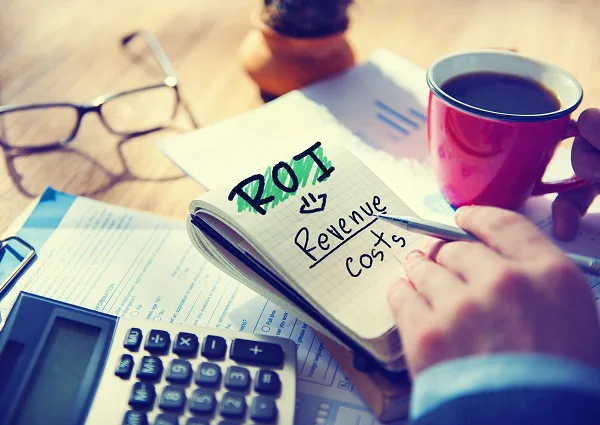

People counting solutions using overhead sensors, whether thermal, image processing-based, or a combination of the two technologies, offer a wealth of highly detailed data about your business’ day-to-day operations. For example, these sensors’ ability to distinguish between adults and children is just one way overhead sensors quickly deliver a solid return on investment.
This ROI can be measured in improvements to four key performance metrics: accurate conversion measurements; objective, repeatable tests of promotions and marketing strategies; customer traffic flow analysis; and optimized staffing levels.
Accurate Conversion Rate Measurements: Conversion rates – the percentage of all customers entering a store who actually purchase a product – are one of the most basic “vital signs” of a retailer’s health. Overhead people counting sensors, which record not just the total number of people within a store at any given time but also where they go and how long they stay, bring valuable nuance to conversion rate measurements. For example, a general rule of thumb in retail is that the longer a customer stays in the store, the more he or she is likely to buy. If your traffic data indicates customers are browsing for long periods without buying, it may indicate problems with staffing levels, the products themselves, or with how they are merchandised. If overhead people counting sensors record crowded stores without a corresponding rise in sales, it may indicate that not enough cashiers are manning point-of-sale stations at peak periods.
Testing Promotions and Marketing Strategies: The ability to measure footfall at specific points within a store makes overhead people counting sensors an essential tool for testing the effectiveness of in-store displays, promoted merchandise, and interactive technologies such as digital signage and kiosks. Retailers can use A/B testing to compare elements such as display design and placement, measuring footfall and conversion rates for display style “A” for one week, then seeing how these stack up against display style “B” the following week. Results from these tests in a pilot store can then be used to optimize promotions in other locations.
Customer Traffic Flow Analysis: Overhead people counting sensors offer objective, scientifically accurate data about traffic flow. Retailers can ensure that their store designs are having the impact they want (i.e. encouraging sales), or alert them when the opposite is occurring. For example, if a large percentage of shoppers never venture into certain areas of the store, it may make sense to move popular items further from the store’s entrance. Such a change will expose more shoppers to a fuller range of the retailer’s offerings, boosting opportunities for sales to existing customers.
Optimizing Staffing Levels: The detailed data provided by overhead people counting sensors helps retailers determine peak traffic periods both for the entire store as well as for individual departments, allowing them to fine-tune staffing levels. Retailers want enough associates on the sales floor and manning POS stations to ensure customers get the help they need and can check out easily, but not so many that associates are standing around without tasks to perform. Heavy customer traffic in a particular department that isn’t accompanied by a corresponding rise in sales may be an indication that more associates – or those with better training – are needed there in order to bring conversion rates up to a profitable level.
Overhead people counting sensors’ value stems from the detailed data they provide, which can sharpen insights into operational issues, marketing effectiveness, and ways to improve a store’s profitability potential.